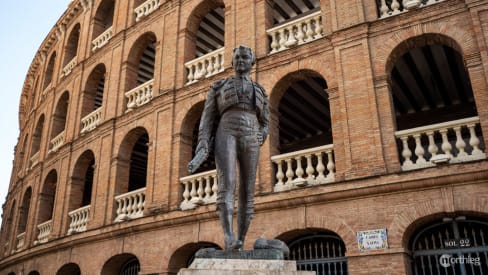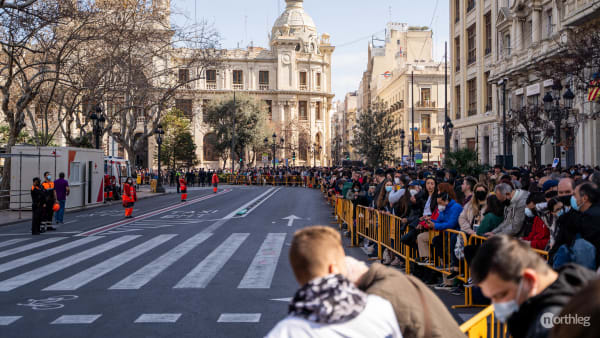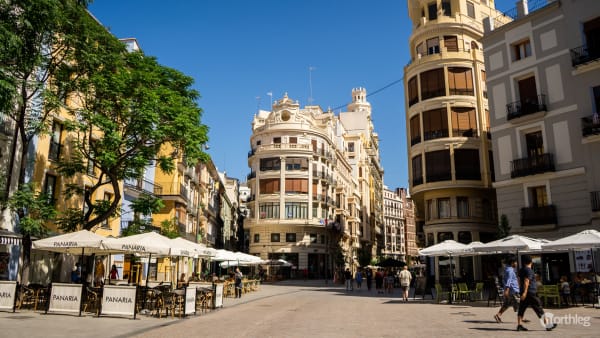Brief history
Brief history
Although the Plaza de Toros itself is a relatively modern building, built in the mid-1800s, bullfighting is a long-standing and much more ancient tradition.
According to some historians, bull-related celebrations were already practised in Neolithic Turkey (as early as 3000 BC), while the bullfight itself can be traced back to Roman gladiator games (1st century BC).
-
1373
Written mention in Valencia
The first written references to bullfighting events in Valencia date back to 1373, in the Manual de Consells (a sort of Council Registry). After that, numerous other written references were made.
This doesn’t mean that Valencia didn’t host bullfighting events before that, rather that there is no certain date as to when the first celebration was held. Supposedly, the tradition in Spain dates back to 711 AD.
-
1300-1800
Bullfights held in public squares
Initially, bullfighting spectacles were held in different parts of the city, wherever there was enough open space. A popular location was the Market Square, where the Central Market is now located.
With time, temporary structures began to be erected for the occasion. These constructions, which were dismantled right at the end of the celebration, became known as Plazas de Toros (Bullrings) over time.
-
1625
Valencia’s General Hospital sponsorship
Valencia’s hospital started sponsoring the festivities (and the construction of temporary structures) to finance the hospital’s financial needs through the income generated by the event.
-
1788
Permanent wooden bullring
Given the great popularity of the event, the decision was made to build a permanent bullring. A wooden structure was built on the site of the current Plaza de Toros (then land owned by the General Hospital).
-
1808
Demolition
Valencians demolished the wooden Plaza de Toros to prevent the French from gaining a foothold there during the Peninsular War (1807-1814). After the demolition, the bullfights returned to the squares, outside the city walls.
-
1850-1851
Construction of the current bullring
The then governor of Valencia did not consider it safe for the festivities to be held in the streets, so he promoted the construction of a new bullring. The construction had to be stopped for financial reasons in 1851, after only three floors had been built.
-
1857
Construction continues
The project was finished with the remaining tiers built in brick.
-
1859
First bullfight
The first bullfight in the new ring took place even before the official inauguration of the building.
-
1861
Inauguration
The official inauguration took place in 1861. At the time, the building had a capacity of 16 800 spectators.
-
1929
Museum
The Bullfighting Museum, still existing today, was founded.
-
1939
Prison
At the end of the Civil War (1936-1939), the building was temporarily used as a prison and concentration camp for Republicans by Franco’s dictatorship.
-
1967
Renovations
The wooden stands were replaced with concrete, the ticket office was built, and barriers were installed.
-
1983
National Monument
Valencia’s Plaza de Toros was declared a National Artistic Monument.
-
1995
Capacity reduced
Due to safety requirements, the number of seats was reduced to around 12,000.















